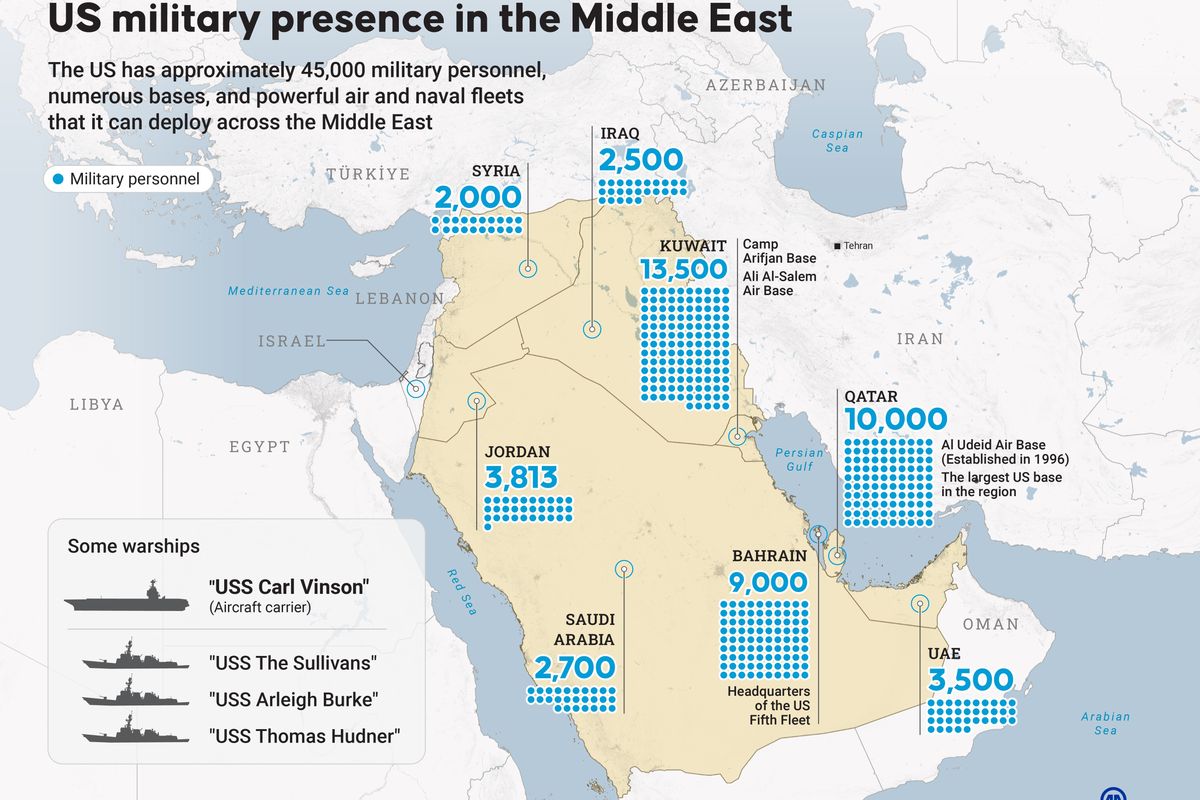OPINION — “First and foremost, the current recruitment crisis [in the U.S. Army] is nothing new. Indeed, it would be fair to say that since the beginning of the twentieth century, the peacetime volunteer Army has been in a crisis more often than not. Tempting as it is to blame ‘wokeness,’ slacker mentality, Generation Z, or some other nebulous reason, the basic fact remains…Average recruits are very much like average Americans. They join the service for individual reasons, most based on expectations of personal benefit. Whether they are happy or unhappy, engaged or passing time, one-timers or career depends on the Army.”
That’s a quote from a thoughtful article in the Autumn 2023 issue of The US Army War College Quarterly entitled “Historical Perspective on Today’s Recruiting Crisis,” written by Texas A&M University’s Brian McAllister Linn. A well-known American military historian, Linn has also been a visiting professor at the U.S. Army War College.
I turned to Professor Linn’s article for his view recent concern about the Army’s failure to reach its recruiting goals – last year by 25 percent — and the oft-repeated criticisms that somehow the gap resulted from the military service’s programs of diversity and inclusiveness.
As I discuss below, the Army last week announced changes in its recruitment programs which were explained last Wednesday when Army Secretary Christine Wormuth and new Army Chief of Staff Gen. Randy George met with a group of reporters.
However, listen to Professor Linn for some context: “Then and now,” he wrote, “a 25 percent shortfall does not represent a shortage of applicants but a shortage of those with the potential to be effective soldiers. Even in the nineteenth century, when the service [the Army] was often the employer of last resort and drew its rank-and-file from immigrants, unskilled laborers, and the urban poor, recruiters still rejected roughly three-quarters of the applicants.”
Linn also recalls the post-Vietnam, mid-1970s when “Congress insisted that over half of new enlistees be high school graduates and no more than 18 percent from the lowest testing range, the service not only missed its recruiting goal by 20,000, but also had to grant almost 50,000 early discharges.”
So remember, the Army recruitment problem has been here before.
Army Secretary Wormuth told reporters last week, that she recognized that “historically, going into recruiting in the Army has not necessarily been career enhancing. So, we have to change that signal, if you will. And we've already been working on that.”
Cipher Brief Subscriber+Members enjoy unlimited access to Cipher Brief content, including analysis with experts, private virtual briefings with experts, the M-F Open Source Report and the weekly Dead Drop - an insider look at the latest gossip in the national security space. It pays to be a Subscriber+Member. Upgrade your access today.
One of the first steps to be taken will be to become more professional about recruiting what are now some 8,000 Army recruiters working around the country, most on two-year tours. “Unlike the private sector,” she said, “we do not have a specialized permanent recruiting workforce. And General George and I feel strongly that if we're going to be successful going forward, we need to change that.”
She said that one “big change” was going to be “using an aptitude test to make sure that the folks that we bring into the recruiting workforce have the kind of skills and attributes to be successful in what is a pretty challenging responsibility.” In addition, “We're going to give them opportunities to train with industry.”
Another major step is a plan to create what she described as “a new Warrant Officer opportunity associated with being a permanent recruiter.”
Gen. George further explained by describing a future recruiter “staying in a single location, living in San Antonio and kind of coming up through the ranks and doing that in one location [which] would be advantageous. You have a family, spouses employed locally…I know that oftentimes an incentive is not moving as well.”
The plan includes having the Commanding General of U.S. Army Recruiting Command (USAREC) report direct to the Army Secretary and elevating him or her to a three-star Lieutenant General. It is now a two-star Major General whose two-year tenure will be raised to at least four years.. Another new position will be a Deputy at USAREC, whose focus would be on innovation.
Gen. George talked about recruiting incentives such as bonuses and favorable assignment locations saying, “I will tell you that a lot of people are joining because they want [their] station of choice. So, we've had a lot of people say, hey, I want to go to Alaska, I want to go to Hawaii. I want to go to Fort Carson, Colorado. So, some of it is location, some of it is understanding what particular job that they [the recruits] want to do.”
But he pointed out, “I think what we haven't done a good enough job is really the data analytics to understand how are these things working? What works best? Is it a combination of those kinds of things that would work best.”
Another planned change is having the Army Enterprise Marketing Office be part of Recruiting Command and thus create more synergies between marketing, which is obviously important to recruiting, and the folks who recruit. Now Enterprise Marketing reports to the Army’s Assistant Secretary for Manpower and Readiness.
Wormuth said the Army is going to expand its prospect market to go after more young people who are going to college. Currently, the Army gets 50 percent of its contracts from high school seniors or high school graduates. “That [high school] market is shrinking,” she said, “and we have set a goal for ourselves that by 2028, we are going to get a third of our new contracts every year from young people who have more than a high school education.”
“We absolutely want to raise our presence on college campuses,” Wormuth said. “where the
prospect market has moved to. There's also folks who go to community colleges. I think that's an important market for us. There's obviously a large percentage of kids who start college but don't necessarily finish. So, we need to, I think, both be more physically present on college and community college campuses but also find other ways to get to those people.”
Gen. George pointed out, “There are people that go to a year of college or they go to community college for a year or two and say, yeah, I want to get into cyber, I want to do something with Signal…There's lots of options in the military, lots of options in the Army, and you have to explain what all those options are.”
Wormuth added, “We're of course going to continue to seek high school graduates, but we're going to formally assign our recruiters the responsibility to get a third of their new contracts from more than high school graduates.”
Another structural move directed at recruiting is moving to Recruiting Command what’s called United States Army Cadet Command, which partners with colleges and universities with regard to Reserve Officer Training Corps (ROTC) and high schools, where Junior ROTC takes place. Up to now it has been under Training Command.
When it comes to overall size and makeup of the Army, Wormuth and George mentioned other changes, some of which are controversial on Capitol Hill.
For example, Wormuth described the past Army end strength of 485,000 as “a lot of over-structure” that needed to be brought down substantially,” although not to 453,000 where it is today.”
She said the Army is in a “moment of transformation…pivoting from Coin [counterinsurgency] and CT [counterterrorism] to large-scale combat operations. So, we've got to transform our force structure.”
“Our SOF [Special Operations Forces] grew considerably over the last 20 years, given the kinds of wars we were fighting,” Wormuth said,. “Meantime, the overall Army has gotten smaller. So, I think there's some room to make some very modest targeted reductions there. And we've worked very closely with SOCOM [Special Operations Command] and SO/LIC [the Pentagon’s Office of Special Operations and Low-Intensity Conflict] on that.”
A Wall Street Journal article suggesting a 3,000 cut in Special Forces drew immediate negative response from Rep. Mike Waltz (R-Fla.), a retired National Guard colonel and Green Beret. Website Task & Purpose reported it was told any Green Beret reduction would not involve those who conduct combat missions.
Gen. George also raised the question of what happens to excess Army bases as the size of the force is reduced – a third-rail issue when it comes to Congress. “I think we can safely carry some amount of structure that isn't fully manned,” George said, “but we need to close it substantially because it's just not healthy for us to carry a bunch of unmanned space.” Wormuth agreed that the “personnel assigned number is already below the authorized number in most installations across America.”
As for recruiting goals, Wormuth said she wanted “to get our end strength back up again and get to a place where we can reliably recruit more than, ideally, 60,000 young Americans a year.” She added, “I would imagine we'll settle on something lower than 65,000,” the target they missed in 2022.
At the Association of the U.S. Army annual meeting yesterday, Wormuth went over the recruitment plans that are outlined above, saying, “Simply put, we are changing who we recruit, how we recruit them, and who we recruit them with.”
But it was at the press conference that followed her speech that she mentioned one remaining potential barrier to the plans: “We can’t do what we need to do without help from Congress.”
Good luck with that.
The Cipher Brief is committed to publishing a range of perspectives on national security issues submitted by deeply experienced national security professionals.
Opinions expressed are those of the author and do not represent the views or opinions of The Cipher Brief.
Have a perspective to share based on your experience in the national security field? Send it to Editor@thecipherbrief.com for publication consideration.
Read more expert-driven national security insights, perspective and analysis in The Cipher Brief













